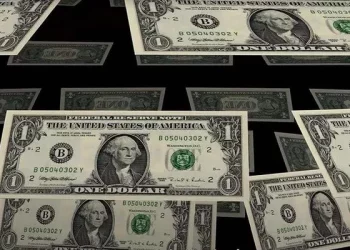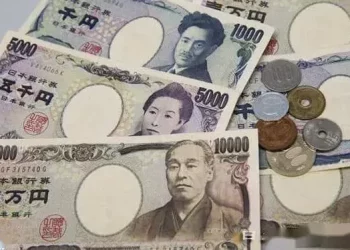Markets
“We covered our bond short”. A tweet by the founder of Pershing Square Capital Management on X succeeded in doing what geopolitics, economic data, Fed speak and technical factors recently failed to do: trigger a correction higher in US Treasuries/core bond markets. It’s telling about markets in general that Bill Ackman squaring his position in 30-yr Bonds can trigger such an (algo-driven?) response. An empty eco calendar and thin trading made way for the (outsized) reaction. A late swoon in oil prices (Brent crude from $92/b to $89.5/b) added to the momentum.
Still, it remains to be seen how lasting such market reactions are though. Daily yield changes on the US yield curve ranged between 2.5 bps (2-yr) and 8.5 bps (20-yr). German Bunds followed the move to a lesser extent with intraday differences between +1 bp and -2.6 bps (30-yr). Greek GGB’s and Italian BTP’s outperformed following weekend decisions by rating agency S&P. Greek bonds were granted back their first investment grade rating amongst big three rating agencies while Italy avoided a rating and even an outlook downgrade (BBB; stable outlook). 10-yr yield spreads vs Germany narrowed by 7 bps for the both of them.
US stock markets opened around 1% lower, erasing these losses within the first half hour as long term bond yields plunged. Weakness into the close suggest little potential in the equity rebound with only Nasdaq ending with small gains.
From a technical point of view, the S&P 500 set a new sell-off low and closed below the 200d mavg. In FX space, the dollar fainted. EUR/USD had already regained the 1.06 big figure with the upleg accelerating after taking out first minor resistance (October high at 1.0640). The pair eventually closed at 1.0670, leaving the downward trend channel in place since mid-July and turning the technical picture more neutral short term. 38% retracement on the downmove since mid-July stands at 1.0766.
Today’s eco calendar contains global PMI’s. After yesterday’s correction, it will be interesting to see whether markets take weaker or close to consensus data as a reason to do some more short covering ahead of ECB (Thursday) and Fed (next week) policy meetings. We hold our view that short term consolidation might be in the cards, but that medium-to-long term underlying market sentiment remains bearish for bonds. For the US 10-yr yield, the October correction low around 4.5% in the reference.
News and views
Czech National Bank board member Prochazka said investors are overestimating the pace and amount of potential monetary easing to come. In the interview published yesterday, he added that the central bank would proceed cautiously when lowering rates because underlying price pressures are still strong.
At the time of his comments Prochazka said markets were anticipating the CNB to cut twice this year and a policy rate of 3.5% by end next year compared to the 7% today. CNB governor Michl did say several times they have a strategy for monetary easing in place. KBC Economics expects the policy rate to be cut by 50 bps in total by end this year with a bias towards going in two 25 bps steps (November & December).
Japanese PMIs declined further in October. The composite reading fell from 52.1 to 49.9, the first sub 50 reading since December last year. Manufacturing stabilized at 48.5 where a smaller decline in new orders compensated for a stronger drop in actual output while lower capacity pressures led to employment falling for the first time since February 2021.
The drag on the composite figure thus came exclusively on the account of the services sector. Activity there is still growing but at the slowest pace YtD (51.1 from 53.8). New business rose at a weaker rate while foreign demand declined for the first time in 14 months. But optimism about the future as well as indications of staff shortages led to a solid increase in employment.
The latter should be welcomed by the Bank of Japan, who is looking for sustained wage increases to support inflation durably. Price pressures in the sector remain elevated, the survey noted, but both input costs and charges rose at slower rates in October. The Japanese yen reacted stoic to the release. USD/JPY trades slightly lower at 149.69 though this follows general dollar weakness.

























